Click here and press the right key for the next slide (or swipe left)
also ...
Press the left key to go backwards (or swipe right)
Press n to toggle whether notes are shown (or add '?notes' to the url before the #)
Press m or double tap to slide thumbnails (menu)
Press ? at any time to show the keyboard shortcuts
Ingredients for a Theory of Behaviour Reading
What could infants, chimps and scrub-jays reason about, or represent, that enables them, within limits, to track others’ perceptions, knowledge, beliefs and other propositional attitudes?
The standard question:
Do nonhuman animals represent mental states or only behaviours?
The ‘Logical Problem’ ...
Alternative question:
How might nonhuman animals model others’ behaviours, and how might they predict them?
‘a better conception of ‘not mindreading’ would be more disparate and less dependent on common sense than the current conception of behaviour reading’
Heyes (2015, p. 322)
Behaviour reading matters for
identifying mental states
identifying effects of actions
predicting when an event of interest will occur
learning how to do things
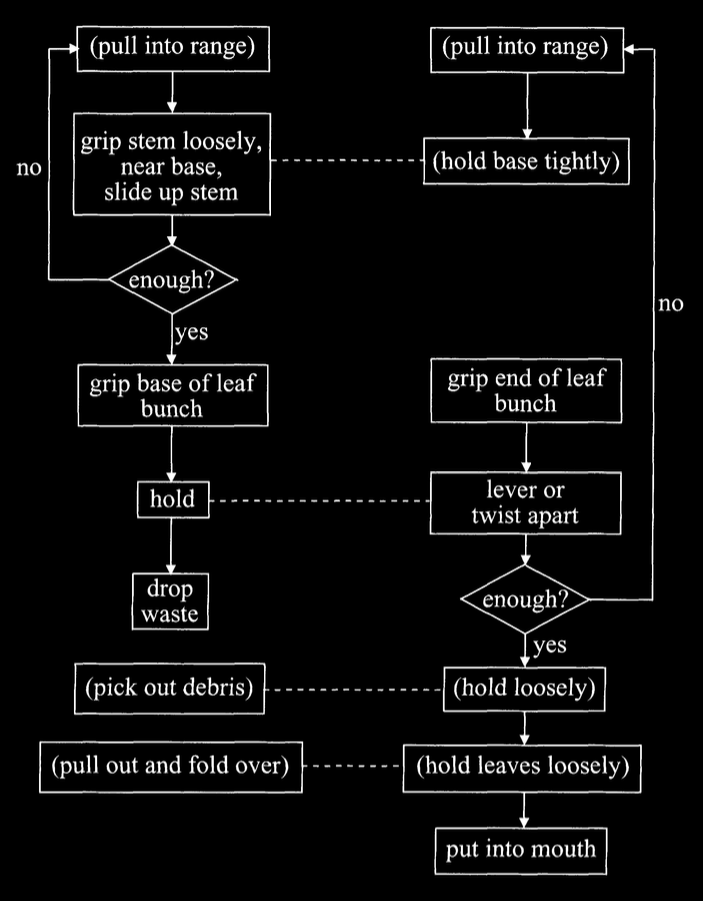
Byrne 2003, figure 1
already considered : The Teleological Stance
pure goal ascription
Infer The Goals from The Evidence
The Goals: facts which goals particular actions are directed to...
The Evidence: facts about events and states of affairs that could be known without knowing which goals any particular actions are directed to, nor any facts about particular mental states ...
‘an action can be explained by a goal state if, and only if, it is seen as the most justifiable action towards that goal state that is available within the constraints of reality’
Csibra & Gergely (1998, 255)
1. action a is directed to some goal;
2. actions of a’s type are normally means of realising outcomes of G’s type;
3. no available alternative action is a significantly better* means of realising outcome G;
4. the occurrence of outcome G is desirable;
5. there is no other outcome, G′, the occurrence of which would be at least comparably desirable and where (2) and (3) both hold of G′ and a
Therefore:
6. G is a goal to which action a is directed.

Byrne 2003, figure 1
‘Like other complex feeding tasks in great apes, preparing nettles is a hierarchically organized skill, showing considerable flexibility:
stages that are occasionally unnecessary are omitted,
and sections of the process (of one or several ordered stages) are often repeated iteratively to a criterion apparently based on an adequate size of food bundle’
(Byrne, 2003 p. 532)
segmentation: Where does an action begin an end?
categorisation: What is the type of that action?
structure extraction: Are these actions related to those?
goal ascription: What is the goal of those actions?
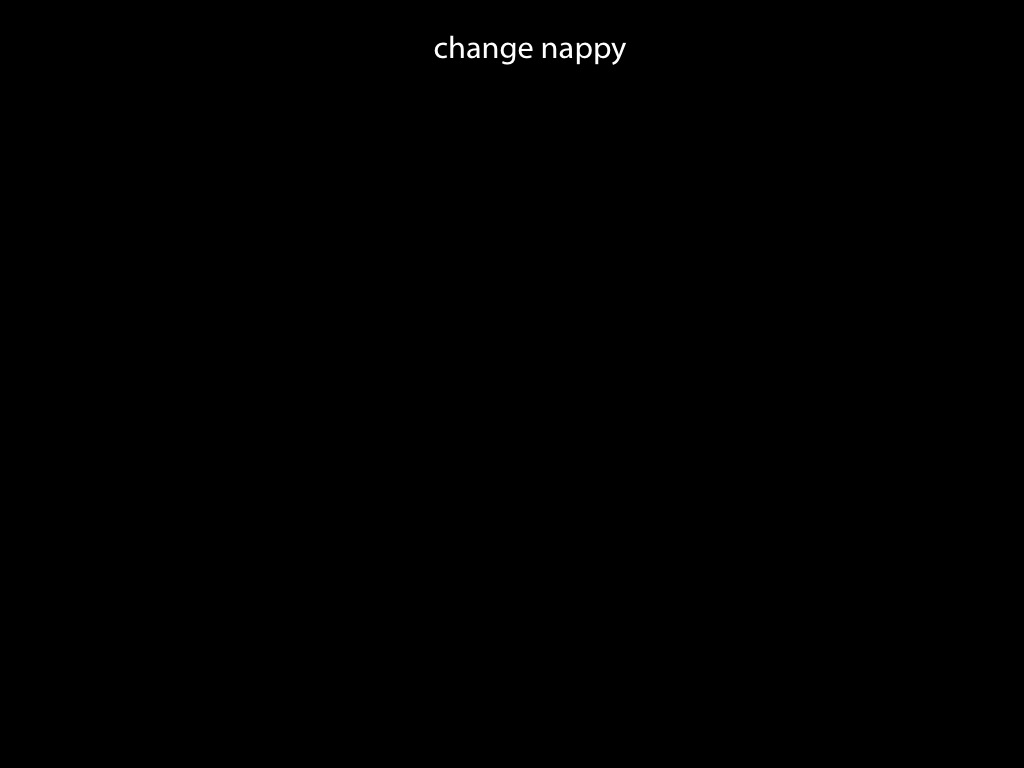
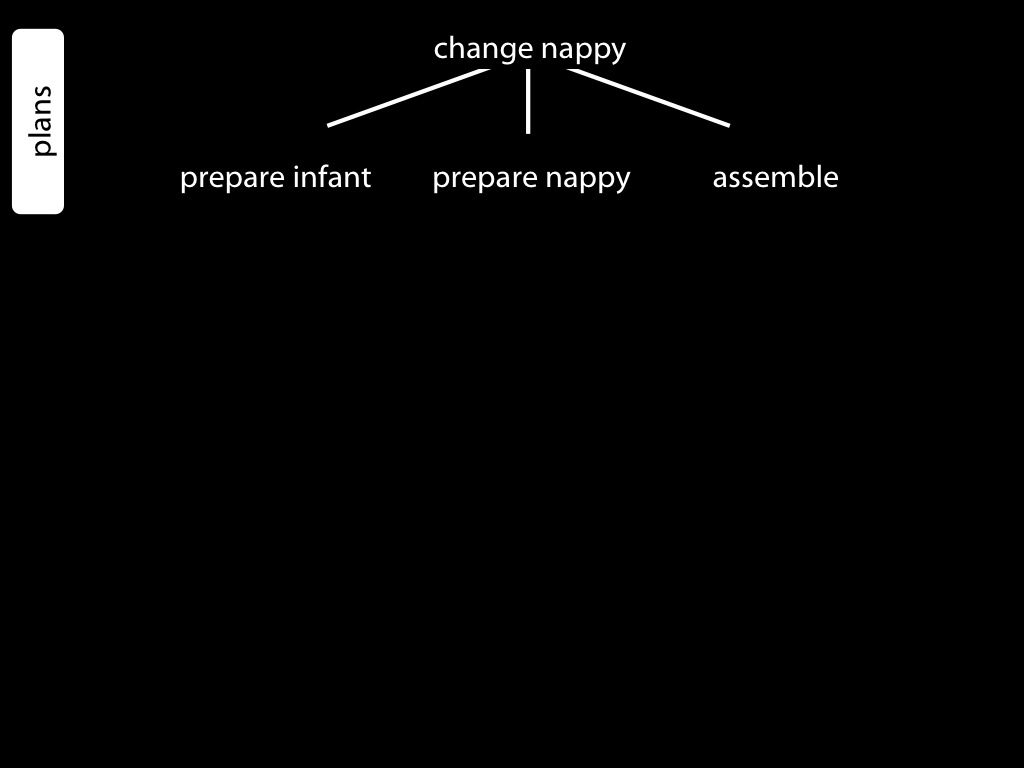
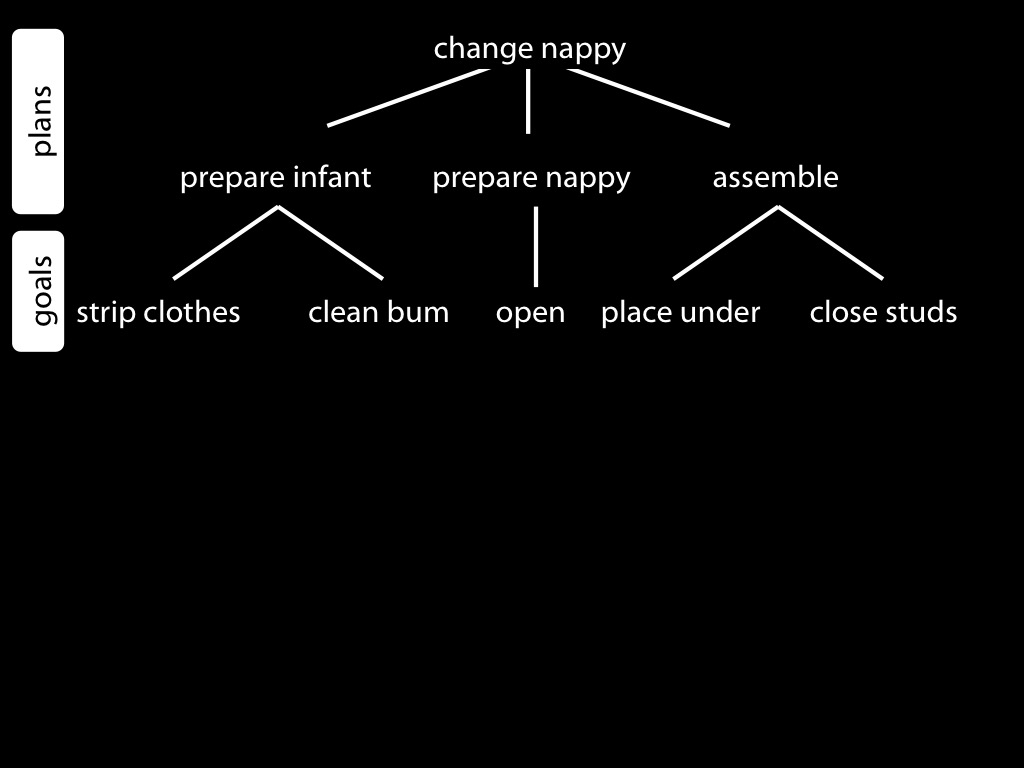
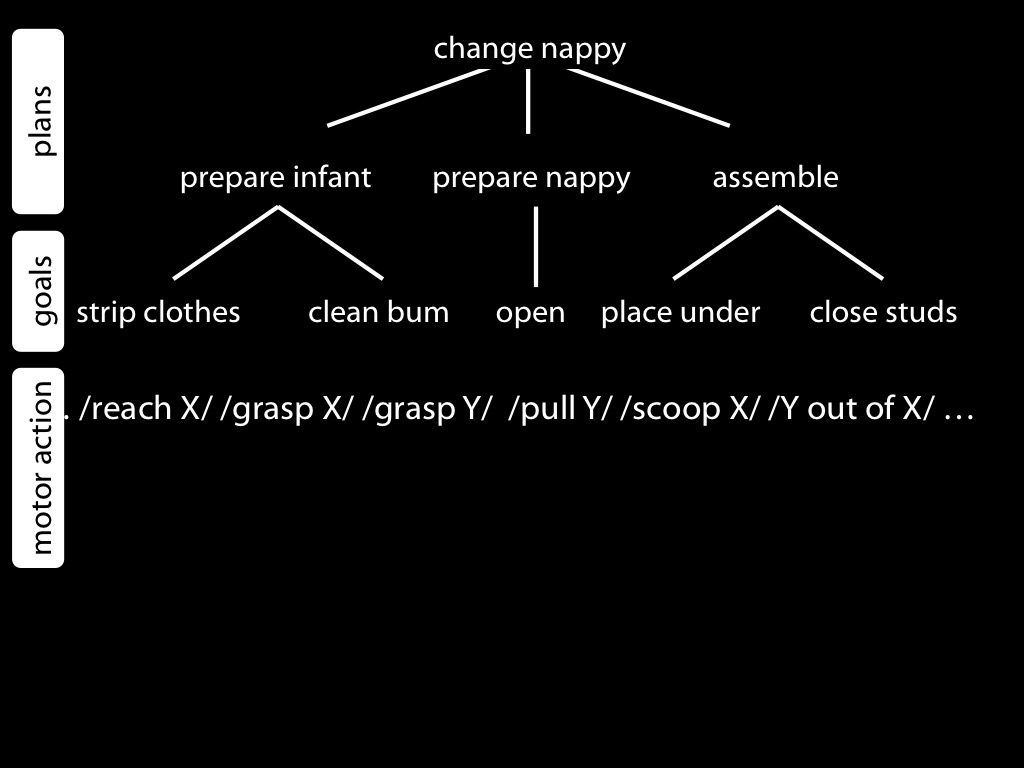
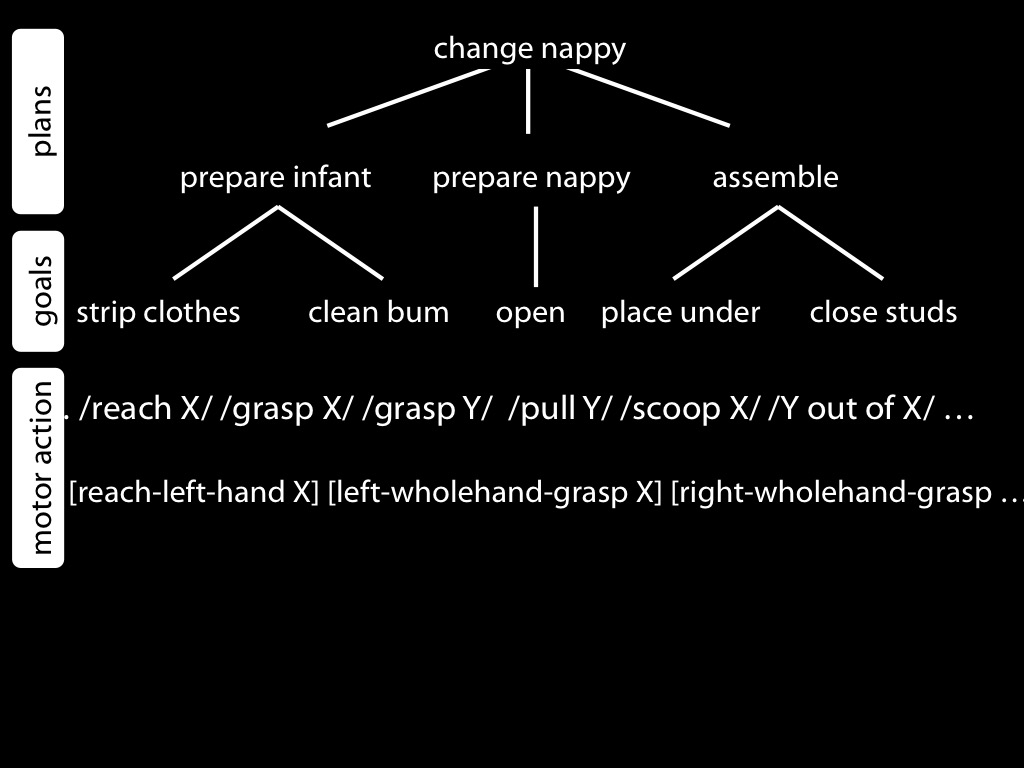
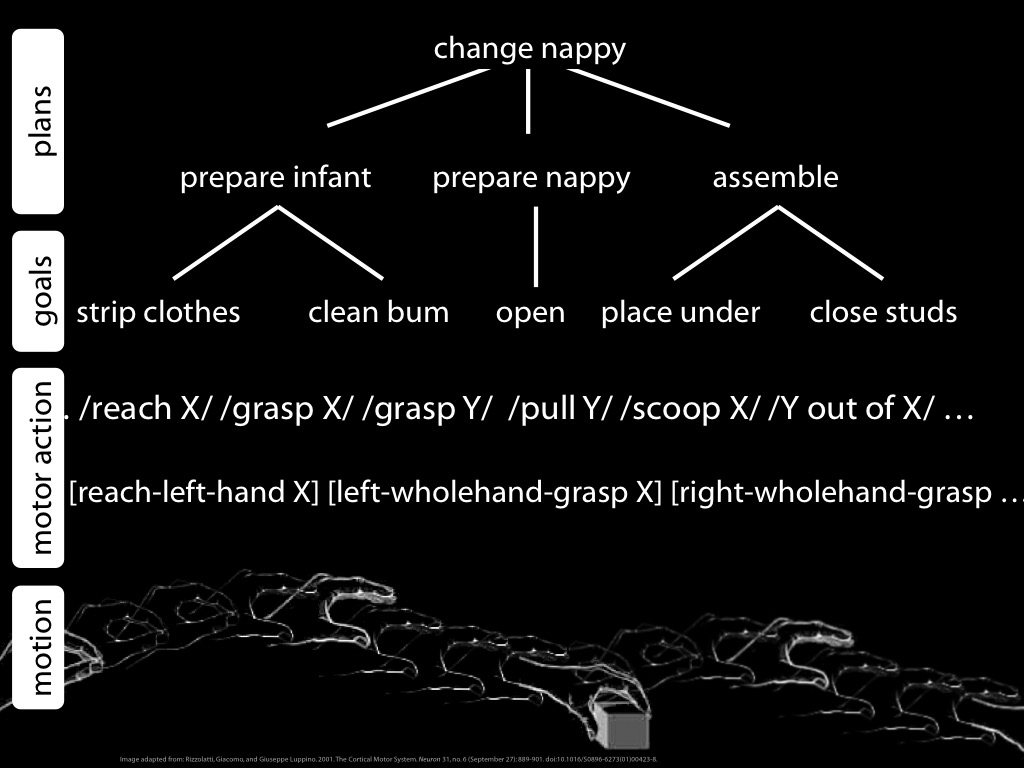
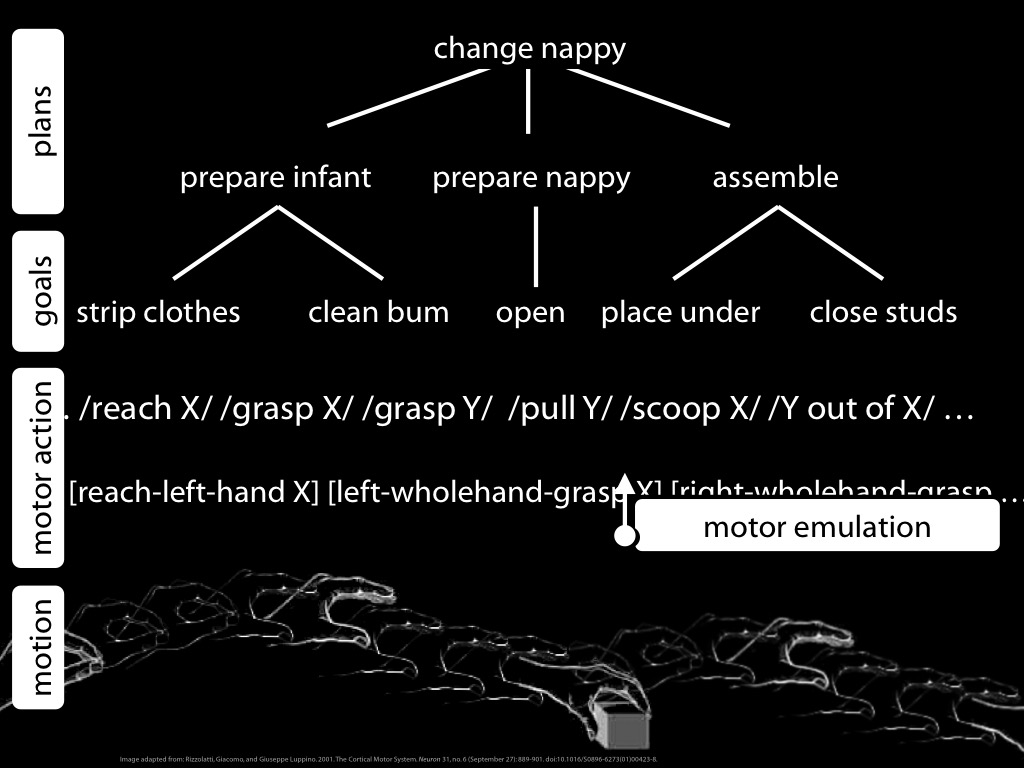
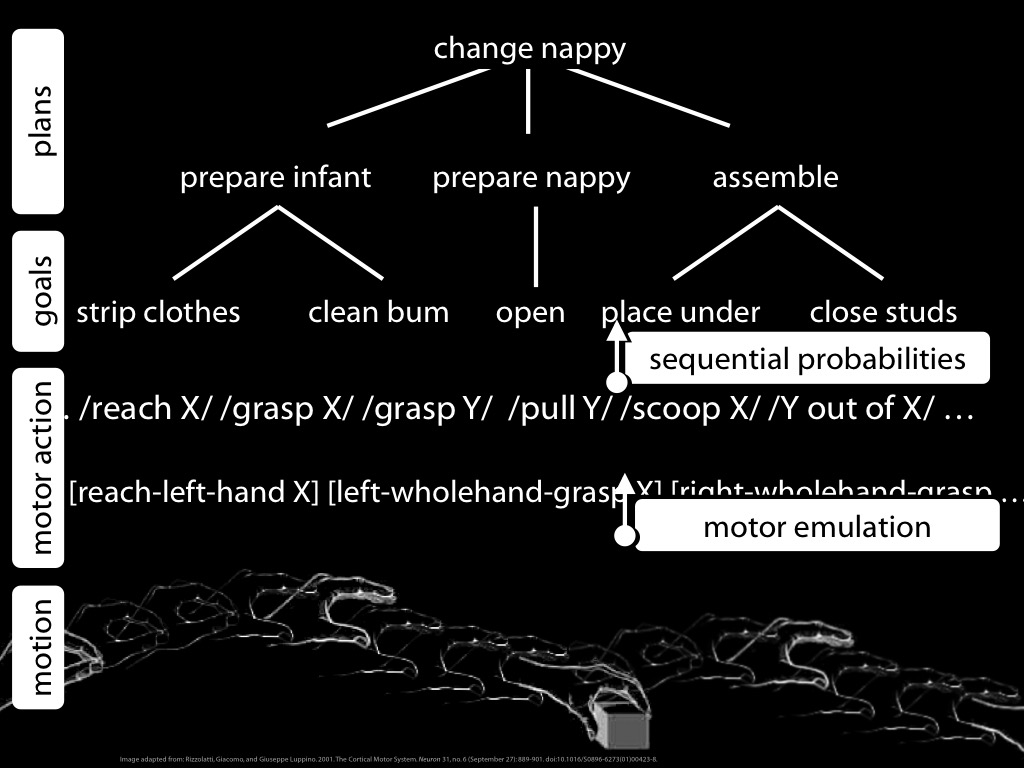
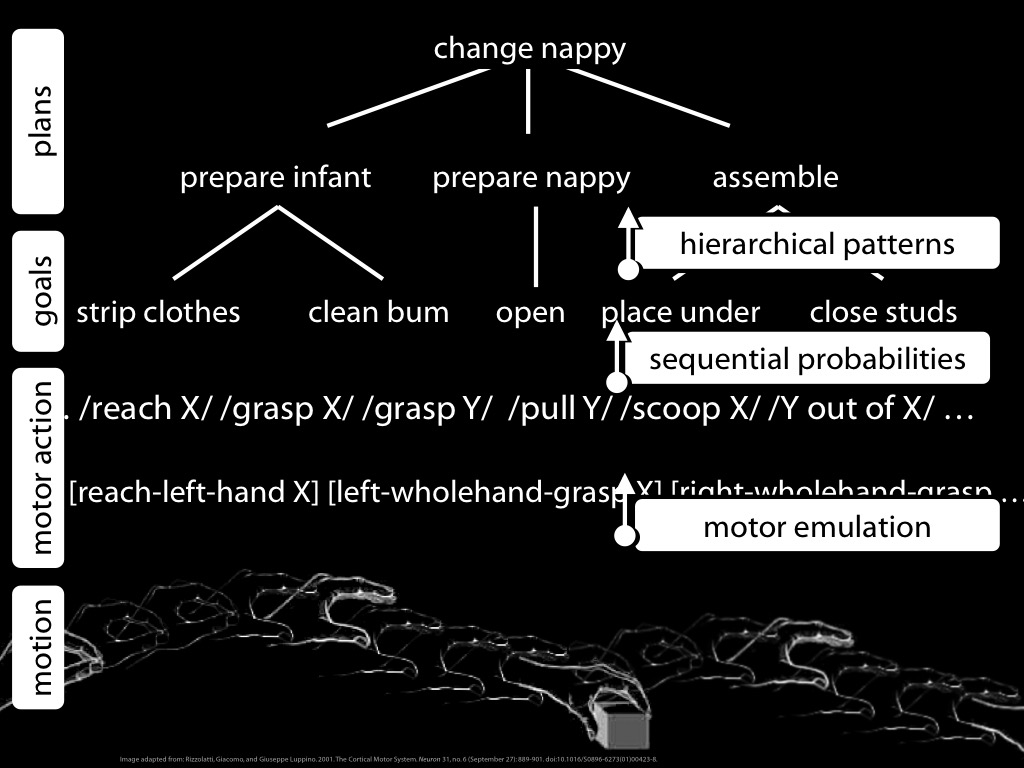
Limits of Behaviour Reading?
adjacent vs non-adjacent dependencies
The Birdsong Limit?
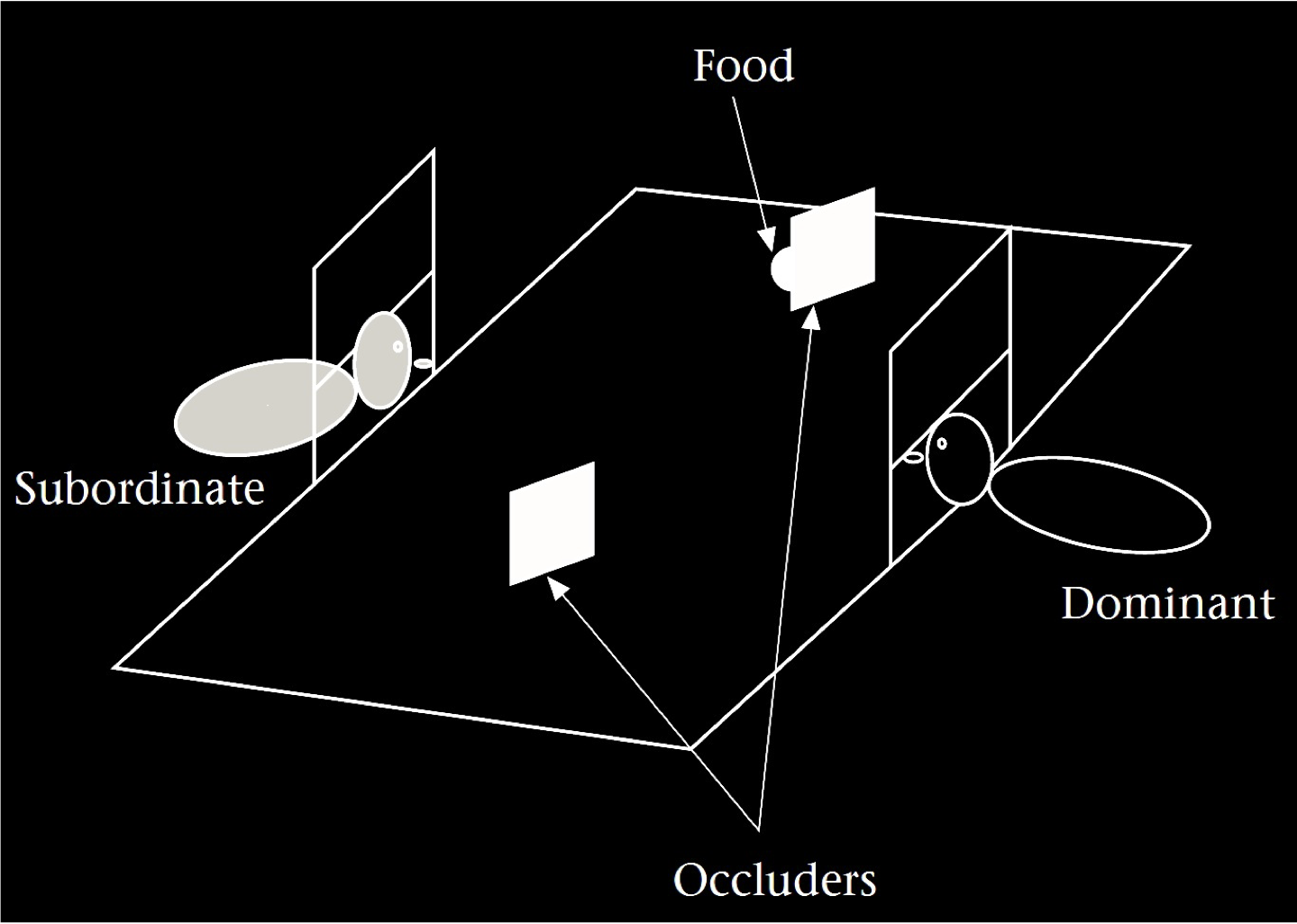
Hare et al (2001, figure 1)
A competitor observes food being placed
the competitor’s access is blocked
stuff happens
food is moved
more stuff happens
the competitor’s access is restored
challenge
What do infants, chimps and scrub-jays reason about, or represent, that enables them, within limits, to track others’ perceptions, knowledge, beliefs and other propositional attitudes?
-- Is it mental states?
-- Or only behaviours?
What models of minds and actions, and of behaviours,
and what kinds of processes,
underpin mental state tracking in different animals?
nonhuman mindreading: all the evidence points to its existence